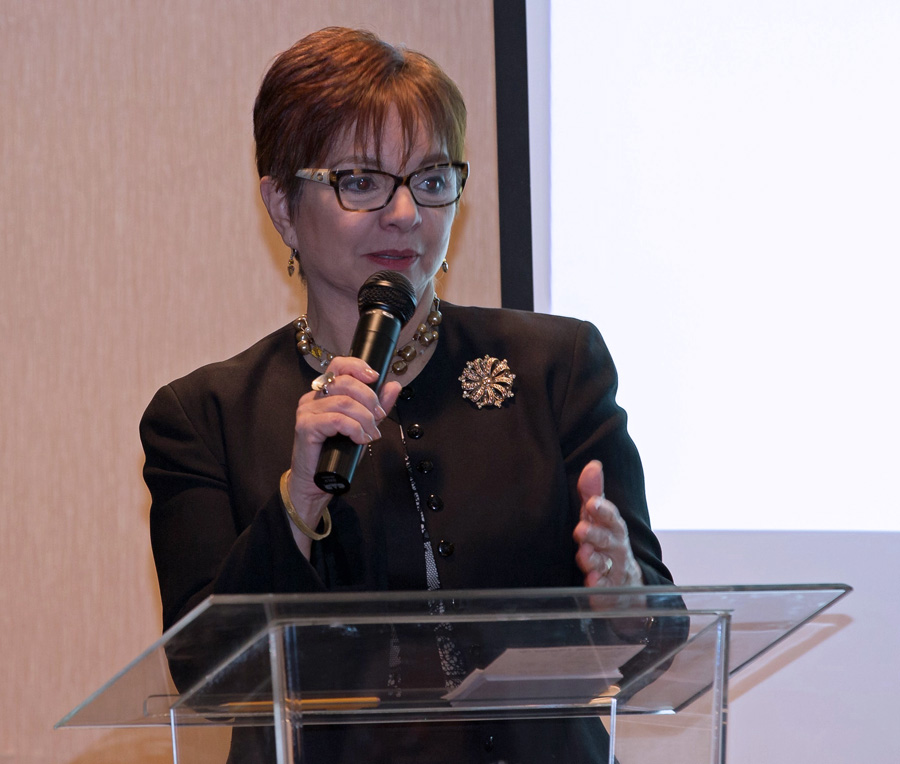Texas, Moldova, Singapore: Lessons for Puerto Rico’s financial future

The year 2026 marks a pivotal moment for regional capital markets as Texas and Moldova launch their own stock exchanges. Texas is set to open the first new national securities exchange approved by the Securities and Exchange Commission in decades, while Moldova has partnered with Romania’s Bucharest Stock Exchange to modernize its capital market.
These efforts reflect a shared goal: empowering local businesses, attracting investment and driving economic growth. Puerto Rico, with its bilingual culture and strategic location, must also establish a stock exchange to shift from federal aid dependence toward true economic sovereignty.
Texas Stock Exchange: Economic empowerment in action
Texas’ decades-long effort culminated in 2025 with SEC approval of the Dallas-based Texas Stock Exchange (TXSE). Supported by major institutions like BlackRock and Charles Schwab, TXSE offers a competitive alternative to the New York Stock Exchange and Nasdaq. It aims to reduce regulatory burdens for emerging and midsize companies, allowing businesses to access public capital more efficiently.
TXSE seeks to retain economic value within Texas, grow entrepreneurship and implicitly reduce dependence on centralized financial hubs or government programs.
Moldova and Bucharest: Regional capital markets integration
Moldova’s stock exchange, launched in partnership with Romania’s Bucharest Stock Exchange, represents a strategic step to deepen financial markets. Described by Prime Minister Dorin Recean as “a decisive step for financial market and regional integration,” it aims to attract foreign investment and support local entrepreneurs.
Though Moldova still offers state aid, the exchange is pivotal for diversifying capital sources and fostering sustainable growth beyond subsidies.
Singapore: From exchange to financial powerhouse
Singapore’s financial transformation showcases how a well-designed stock exchange can fuel national growth. Established in the 1980s, the Singapore Exchange (SGX) catalyzed the country’s emergence as Asia’s leading financial hub.
Market development boosted GDP growth and diversified the economy beyond manufacturing and trade. SGX’s high regulatory standards and global connectivity built investor confidence and technological innovation, setting a blueprint for economic success.
Size and scale: Why they matter less than you think
Texas, Moldova and Singapore vary significantly in size and economy — from Texas’ vast population and corporate base to Moldova’s smaller scale and Singapore’s compact city-state model. Each has tailored its stock exchange to fit its unique conditions.
- Texas’s large economy supports a broad market with deep liquidity.
- Moldova compensates for smaller scale through strategic regional partnerships.
- Singapore leverages regulatory excellence and international links to overcome size constraints.
Puerto Rico, smaller in scale but with distinct bilingual and geographic advantages, can similarly create a scalable stock exchange model integrated with regional markets. Size is not a barrier but a consideration in designing an effective market.
Why Puerto Rico needs a stock exchange now
Currently reliant on federal aid, Puerto Rico’s economic model limits long-term growth. Establishing the Puerto Rico Stock Exchange (PRSE) would break this cycle, allowing local companies to raise capital domestically and Puerto Ricans to share in economic gains.
In my August 2025 editorial for News Is My Business, I highlighted the PRSE’s potential to foster investment, innovation and job creation. Puerto Rico’s bilingual workforce and strategic location between the U.S. and Latin America further strengthen its case for a localized market.
Benefits for Puerto Rico’s economy and people
The PRSE represents more than a financial platform; it’s a shift to market-driven growth where:
- Local investors can directly benefit from company growth.
- Businesses gain improved capital access.
- Economic dependency on subsidies diminishes.
- Talent and wealth stay and grow locally.
This contrasts with today’s limited economic participation and reliance on federal assistance.
Practical lessons from global examples
Texas’ regulatory engagement, Moldova’s strategic partnerships and Singapore’s innovative transformation offer Puerto Rico clear pathways. The PRSE can be designed to be compliant, accessible and connected, fostering a market that fuels homegrown prosperity and economic independence.
Time to act
Texas, Moldova and Singapore show the power of regional exchanges to drive economic autonomy and growth. Puerto Rico’s unique strengths position it to follow their lead.
The PRSE is no longer a distant vision but an urgent necessity. It’s key to reshaping Puerto Rico’s economic future, empowering its people with ownership, opportunity and control.
As highlighted in my August piece, building this financial infrastructure is essential for sustainable, broad-based growth that benefits every Puerto Rican.

Author Antonio Santos is a veteran of Puerto Rico’s hospitality, service and tourism industries, with more than 30 years of experience. In 2024, he ran for the Puerto Rico House of Representatives representing San Juan’s District 1 under the conservative Proyecto Dignidad party. A strong advocate for entrepreneurship and small government, Santos promotes economic development based on innovation, independence and sustainable growth.







